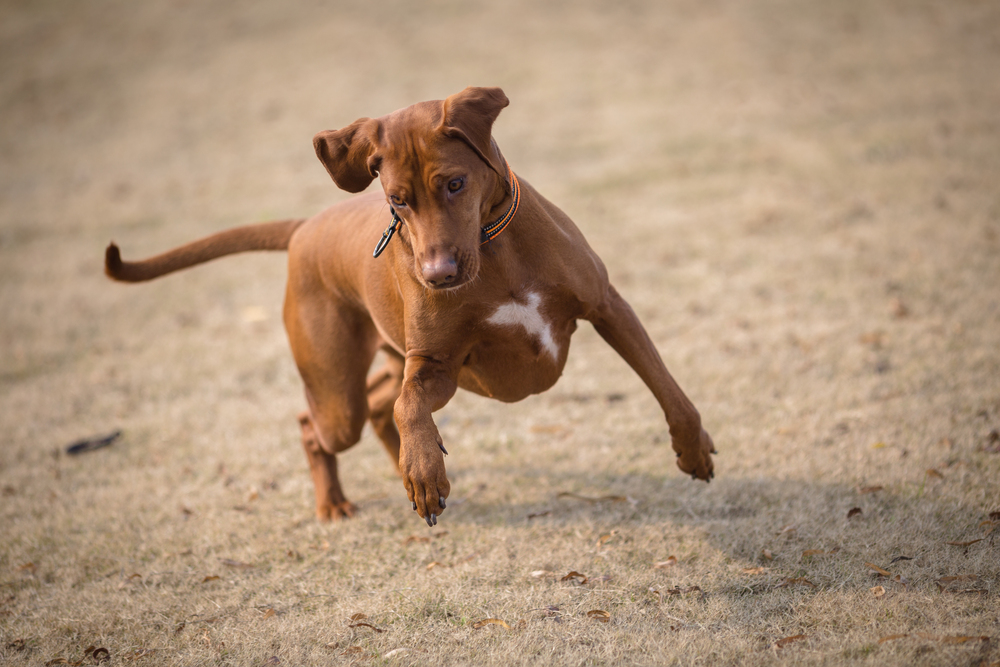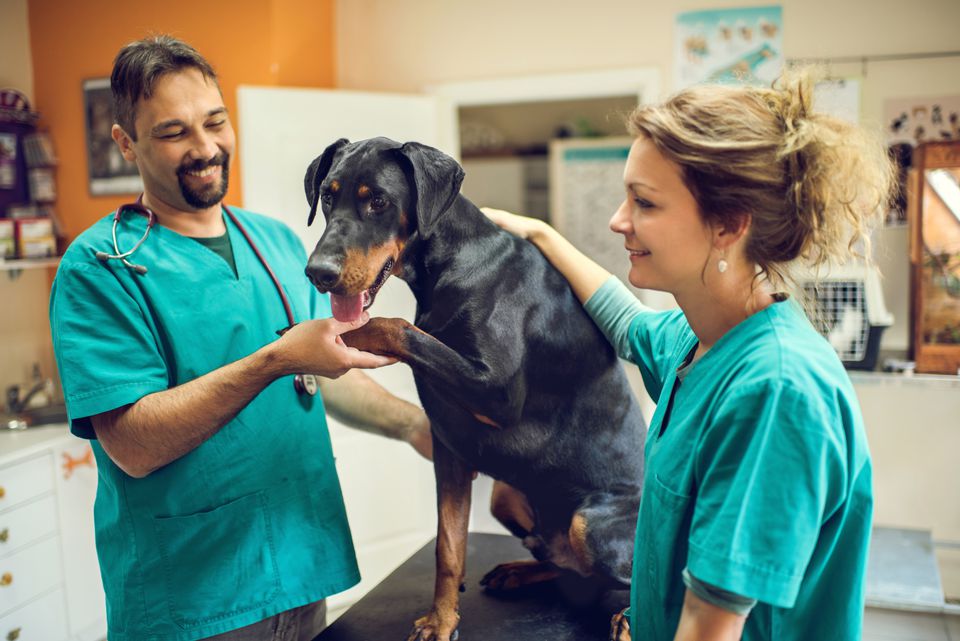
What is the smartest dog breed? The longest living dog breed? The most affectionate dog breed? Choosing a dog of the right breed often requires much consideration. This is normal, as different breeds have specific characteristics, many of which can be traced back to their original purposes.
However, being engulfed in opting for the best breed, we may forget that dogs are unique. At the end it all comes to the specific dog and their temperament and abilities.
While purebred dogs are often favored along dog owners, many people decide to welcome rescues into their lives and offer them loving forever homes! Having a rescue dog as your companion can provide a wide range of emotional experiences, especially if training is on the table. Rescues often develop stronger bonds with their owners than dogs purchased through a breeder, and prove incredibly smart and loyal. However, dealing with past traumas is something you may need to go through as a rescue dog parent.
If you have embarked on a training journey with a rescue paw friend, there are some factors you need to consider, ensuring you and your furry buddy will have a positive experience together!
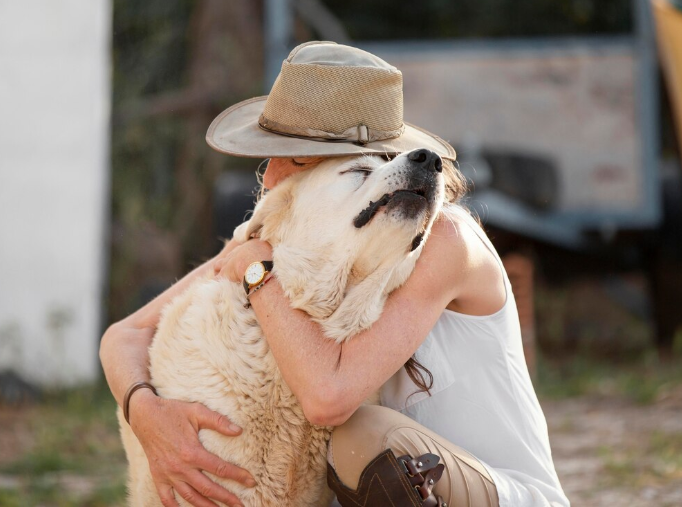
What Factors Should You Consider?
Veterinarian Check-up
Before making any attempts to train your dog, you should make sure they are in good health. Make a veterinarian appointment for a thorough check-up to identify any potential underlying health conditions that may affect your dog’s behavior and training.
Obtaining medical records or information about the dog’s health, any medication they might have taken or health issues they might have experienced, will help their veterinarian gain a good insight into their health and provide informed and personalized care. These medical records are usually provided by the dog rescue facility when you are adopting a dog from them.
Additionally, understanding the dog's medical history can aid in identifying any hereditary conditions or predispositions that might require preventive measures.
Give Your Rescue Dog Time to Adapt
Changes in the environment can be very stressful, especially for sensitive creatures as our paw friends! This applies even more to rescue dogs who have already instability or even trauma in their lives.
These changes can trigger anxiety or fear, making it crucial to provide them with a safe, and loving environment and also give them time to adjust.
Plush toys, cozy fluffy blankets, and pieces of clothing can help bring a feeling of safety and comfort. Prepare an area at home where your canine can retreat if they feel anxious or overwhelmed and need some time on their own.
Never force your pet into interactions, especially with distractions around, if they are not feeling ready yet. Remember that patience always pays off!
Familiarize Yourself With Any Behavioral Issues
Rescue dogs come from various backgrounds. Some have been abandoned, abused, or neglected, while others have lost their homes due to unforeseen circumstances.
As a result, many of these dogs may exhibit behavioral issues such as fearfulness, aggression, or separation anxiety. Additionally, they may lack basic obedience skills, making it challenging for them to adapt to a new environment.
Before you start training your rescue paw friend, familiarize yourself with their previous experiences and behavioral issues they may be dealing with. This will help you find the right approach towards your furry companion and address specific issues.
Work On Developing Trust and Building Confidence
Building trust is the core of rescue dog training!
Many rescues have been neglected or abandoned by their humans, so gaining your paw friend’s trust should be your first priority!
To develop a strong bond with your furry companion, you should work on establishing a relationship based on mutual respect and understanding. This usually involves spending quality time with the dog, allowing them to approach you at their own pace, and using positive reinforcement to encourage desirable behaviors.
Try to figure out what type of treats and toys your canine likes and what motivates them the most. Verbal praise and petting are also powerful positive reinforcement tools, so you should never neglect them. This will help you understand your paw partner better and find the right approach to them.
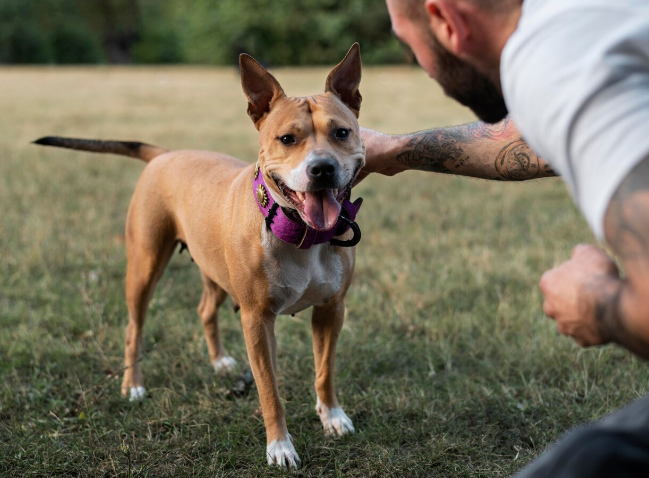
The Training Process
Patience and Consistency
As important as patience and consistency are in standard dog training, they are even more crucial in rescue dog training!
Do not lose hope if you face challenges! Remain patient and consider challenges lessons that help you understand your paw partner better. Challenges are a part of every process that help us grow and in this context— they will help you and your dog develop as a team, as you will lean to overcome them together.
If you feel you are not in the mood for training or feel impatient to progress quickly, take a deep breath, achieve a calm state of mind and engage in training, when you are ready. Dogs are great at reading our body language and emotions, so do not conduct training if you are not into it at the moment.
Divide the Process Into Simple Steps
Keep it simple. You won’t motivate your paw friend to perform well, if you give them too many complex tasks simultaneously.
Instead of diving into training depths from the beginning, start with simple tasks and break them down to manageable steps.
Reward and praise your furry friend for every small step they do in the right direction.
Establish Routine
Dogs thrive on routine, which fully applies to rescue dogs! As dogs who ended up in shelters, providing your paw family member with a routine is crucial not only for the success of the training process but also for their emotional state.
Having a routine and schedule will help them feel safe and secure in their environment.
However, establishing a routine does not only involve the training process but also the time for feeding, exercising, walking, playing, resting...It means creating predictability for the dog.
Positive Reinforcement
Positive reinforcement is considered the most effective method for training dogs and rescue dogs, in particular. It helps build trust and increase the canine’s motivation to exhibit the desired behaviors.
As mentioned above, you should invest time into finding out your paw friend’s biggest motivators! These can be specific treats or toys, given your canine is not food motivated. Also, many dogs thrive on praises and petting and enjoy having physical contact with their owners.
Please, avoid any methods based on punishment, as they can not only ruin trust but may also worsen any existing behavioral issues.
Basic Obedience Training
Many rescue dogs have never been taught basic commands such as “sit”, “stay”, or “come”. Teaching your doggo these commands will not only help you in managing their behavior but will also contribute to strengthening your bond.
Training sessions should be short— no longer than 10–15 minutes, and fun. End them while your dog is still associating with them positive experiences. Overtraining your dog in desperate attempts to address all their behavioral issues as soon as possible, will only cause stress in them. Training should be positive and pleasant.
If your canine already knows basic obedience commands, basic obedience training sessions will help you fine-tune them and build upon them.
Last but not least, during the process you will be able to observe your furry friend’s responses and identify their strengths, weaknesses, motivators and triggers, and tailor the training to their needs.
Add Distractions Gradually
It is important to add distractions gradually, based on how the dog responds to training. As they progress, you can transition into busier rooms, your backyard, local parks and other areas to practice.
Signs of fear, stress or agitation indicate that you probably added distractions too quickly. Environmental management and adjusting the intensity of the distractions are essential tools that help training succeed, so do not be afraid to use them! Sometimes taking a step back, means taking two steps forward!
Socialization
Socialization is crucial for rescue dogs, especially if they have had limited exposure to other dogs, people, or new environments.
Socialization is closely related to the point above, as exposure to other dogs, people or stimuli should happen step-by-step. This helps prevent them from becoming overwhelmed.
Gradual exposure along with positive experiences during social interactions will aid in building your canine’s confidence and decrease the likelihood of fear-based aggression or anxiety in new situations.
Ways to create a positive experience for your paw friend during the process of socialization can involve rewarding them for calm behavior when interacting with people and animals; meeting them with well-behaved and socialized dogs; exposing them gradually to various environments, sounds, and stimuli and maintaining a relaxed and confident demeanor yourself. Never forget that your confident and calm demeanor can have a great positive effect on your paw friend and their socialization experience!
Address Behavioral Issues
As we have already mentioned in the beginning of the article, identifying any behavioral issues your rescue dog may be dealing with, is an important step towards successful training. Once you have identified them, you should move to the next step —address them.
Keep in mind that creating a safe environment, utilizing positive reinforcement, applying desensitization and counter-conditioning, providing sufficient physical and mental stimulation and being patient and consistent will help you achieve your training goals!
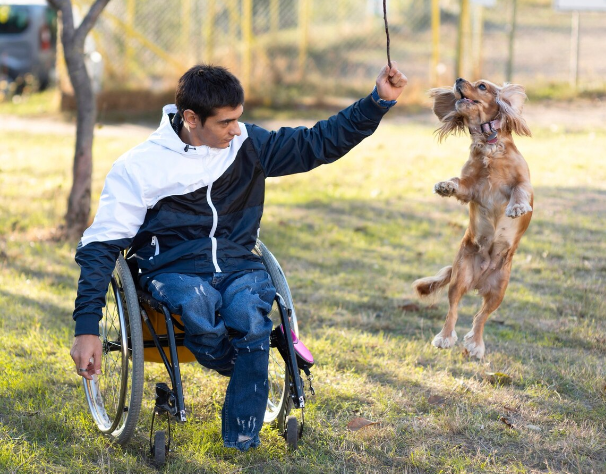
Can Rescue Dogs Become Service Dogs?
They definitely can! Our experience shows that rescue dogs can excel as service animals!
The type of service dog training and nature of the tasks should always be taken into account, though, as well as the dog’s physical limitations.
However, if the dog possesses the right temperament for the job, and you manage to gain their trust, you may be surprised at how much your canine can progress as a service animal!
Whether it is psychiatric service dog training; mobility training; medical alert dog training (alerting to medical episodes such as cardiac issues, low or high blood sugar levels and seizures); hearing dog training; balance training, etc., rescues can perform as good as purebred dogs.
Of course, each type of training has its specifics, and you should thoroughly evaluate your needs and your dog’s temperament and physical characteristics before embarking on a service dog training journey.
Whether your rescue dog will become a beloved family pet, a companion animal or a service dog, remember to be compassionate, patient and understanding! Your paw friend will definitely appreciate your efforts and open up to you when they are ready.


